How To Keep Your Trees Healthy This Summer
Trees are the unsung heroes of our environment. They provide shade, cut cooling costs, enhance air quality, and increase the beauty and value of your property. Trees, like people, can struggle in the harsh heat and dryness of summer. Here's how you can help them thrive!
Water Deeply, Not Frequently
Established trees require deep irrigation once or twice per week. To guarantee that water reaches the roots, use a soaker hose or the slow-drip approach. Shallow watering promotes weak root growth, making trees more susceptible to drought stress.
Mulch for Moisture and Protection
Apply 2 to 4 inches of mulch around the base, keeping it away from the trunk to prevent rot. Mulch helps the soil retain moisture, regulates soil temperature, and inhibits weeds that compete for water and nutrients. It also forms a buffer zone that shields roots from extreme summer heat, allowing your tree to remain stable and less stressed.
Inspect for Pests and Disease
Check for discolored leaves, sawdust, and apparent bugs on a regular basis. Use organic treatments or speak with an arborist as/if needed. Early discovery and response are critical in preventing extensive damage.
Avoid Heavy Pruning in Summer
Only remove branches that are dead or damaged. Heavy pruning should be saved for the winter or early spring. Excessive pruning throughout the summer might cause trees to become stressed and vulnerable to sunburn.
Fertilize Wisely
Do not overdo it. If fertilization is required, choose a slow-release solution and avoid applying in the middle of the summer unless it is absolutely necessary. Too much fertilizer can damage roots or promote weak, rapid growth.
Protect Against Mechanical Damage
To protect your mower and trimmer from harm, use a mulch ring or protective barrier. Even tiny bark damage can allow pests and diseases to enter the tree. These minor nicks in the bark may appear innocuous, but they can cause long-term health problems by providing paths for fungi and hazardous insects. Regular inspections of the base of your trees will help you detect early symptoms of deterioration and alter your lawn care practices accordingly.
Support Young Trees
Use flexible ties to stake young or top-heavy trees. After one season of growth, remove the stakes. This promotes a strong, natural trunk development and protects against wind damage. Avoid tying the tree too tightly, since this can limit development and create bark abrasion. A correctly staked tree should still be able to sway moderately in the wind, which promotes resilience and a strong root system.
With proper care and attention, your trees can remain healthy and vigorous throughout the summer, adding value and beauty to your outdoor settings. A few conscious measures throughout the warmer months might help you avoid costly difficulties later on and keep your landscape lush and appealing. Consider tree care to be an investment not only in your yard, but also in the ecosystem and long-term viability of your home.
Reach out to Elliott Tree today for tree care, pruning, and stump grinding
services!
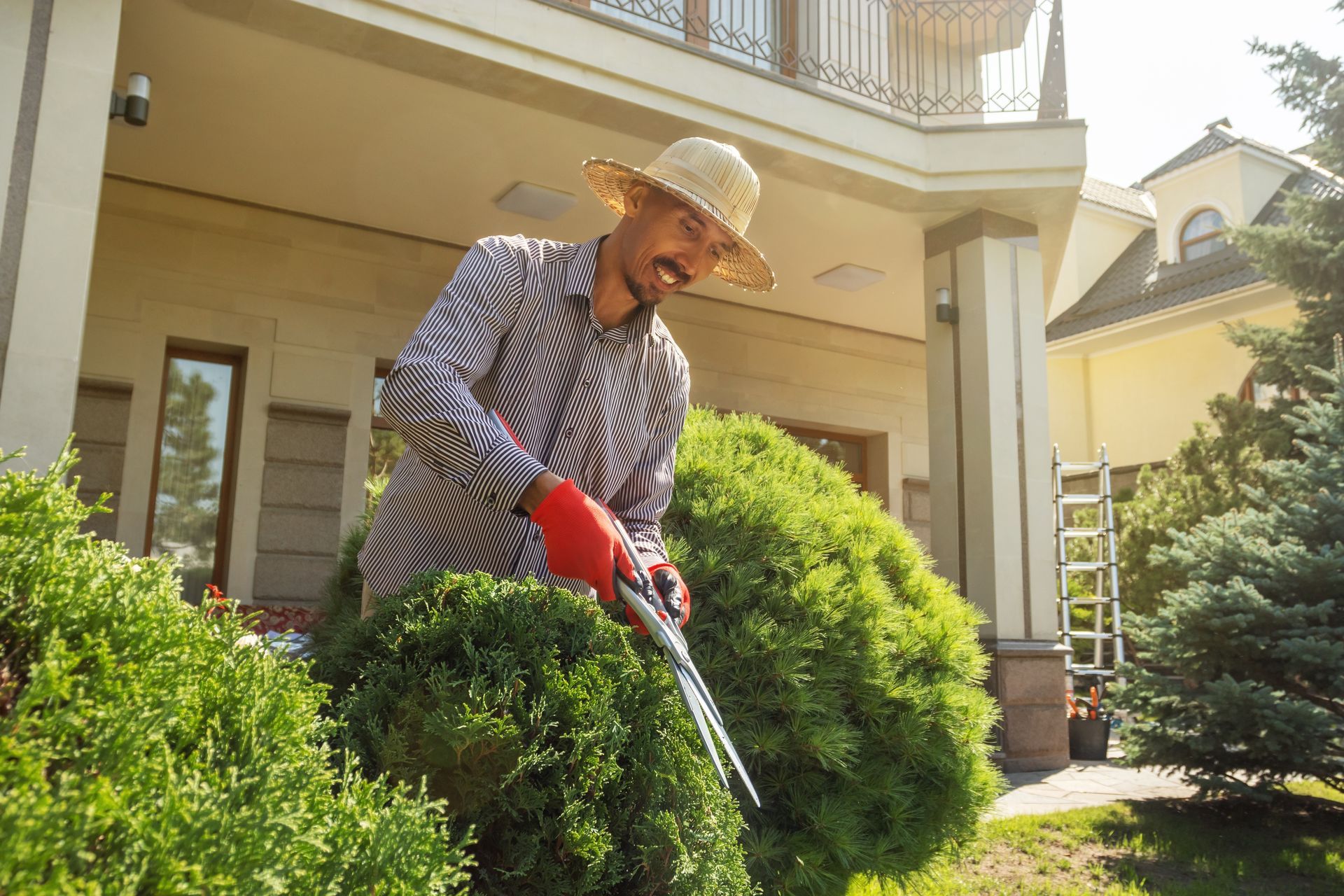
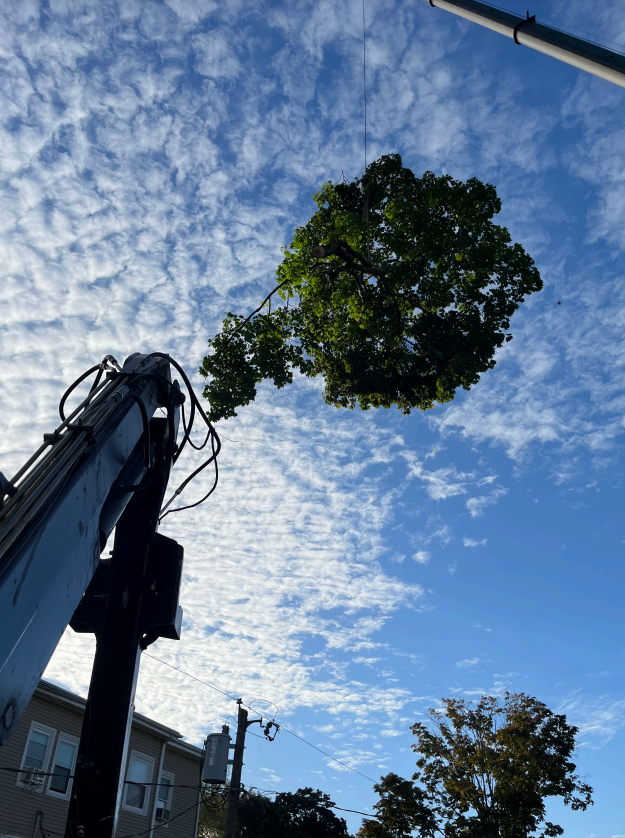
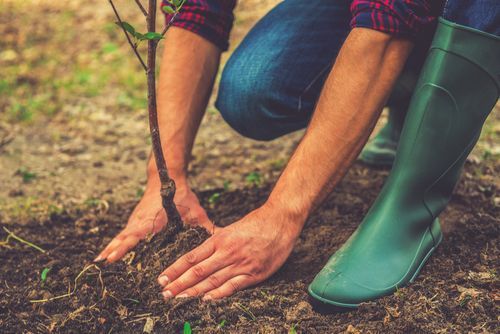
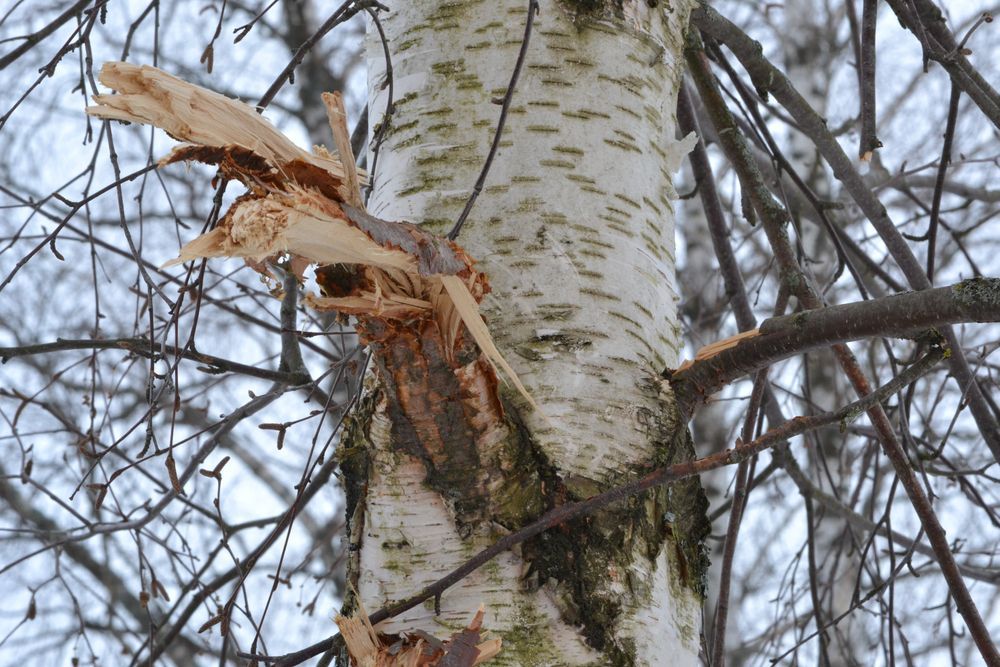
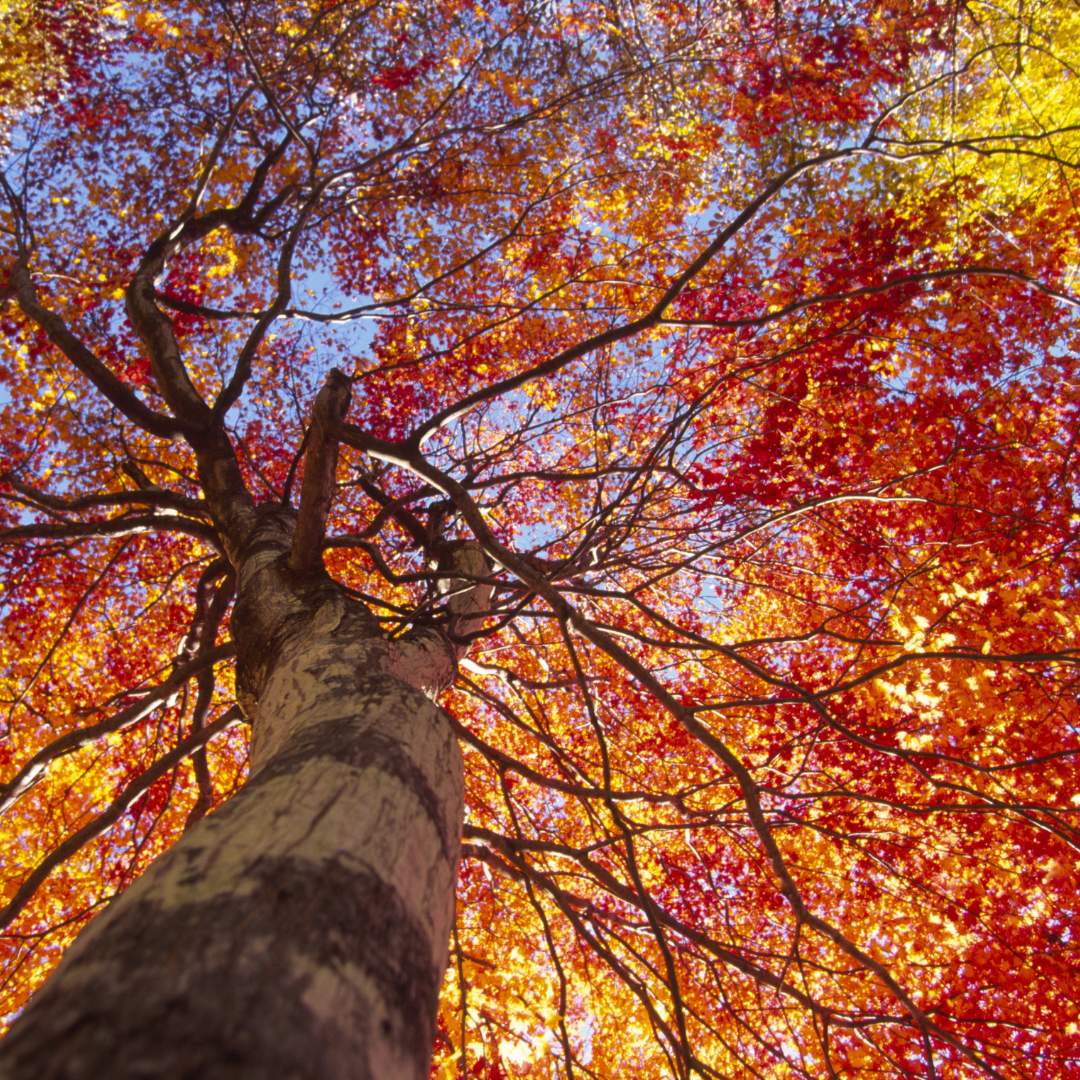
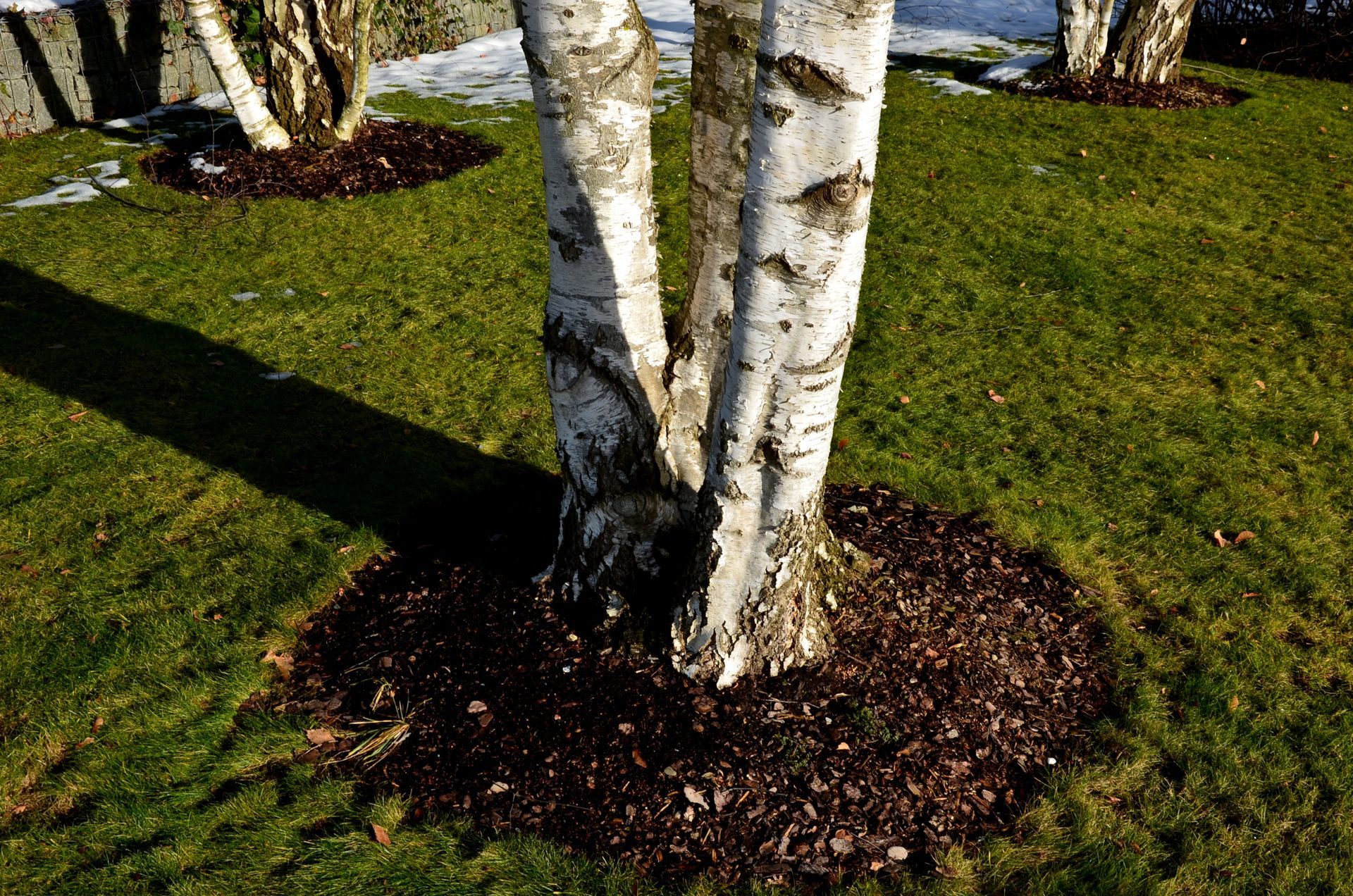
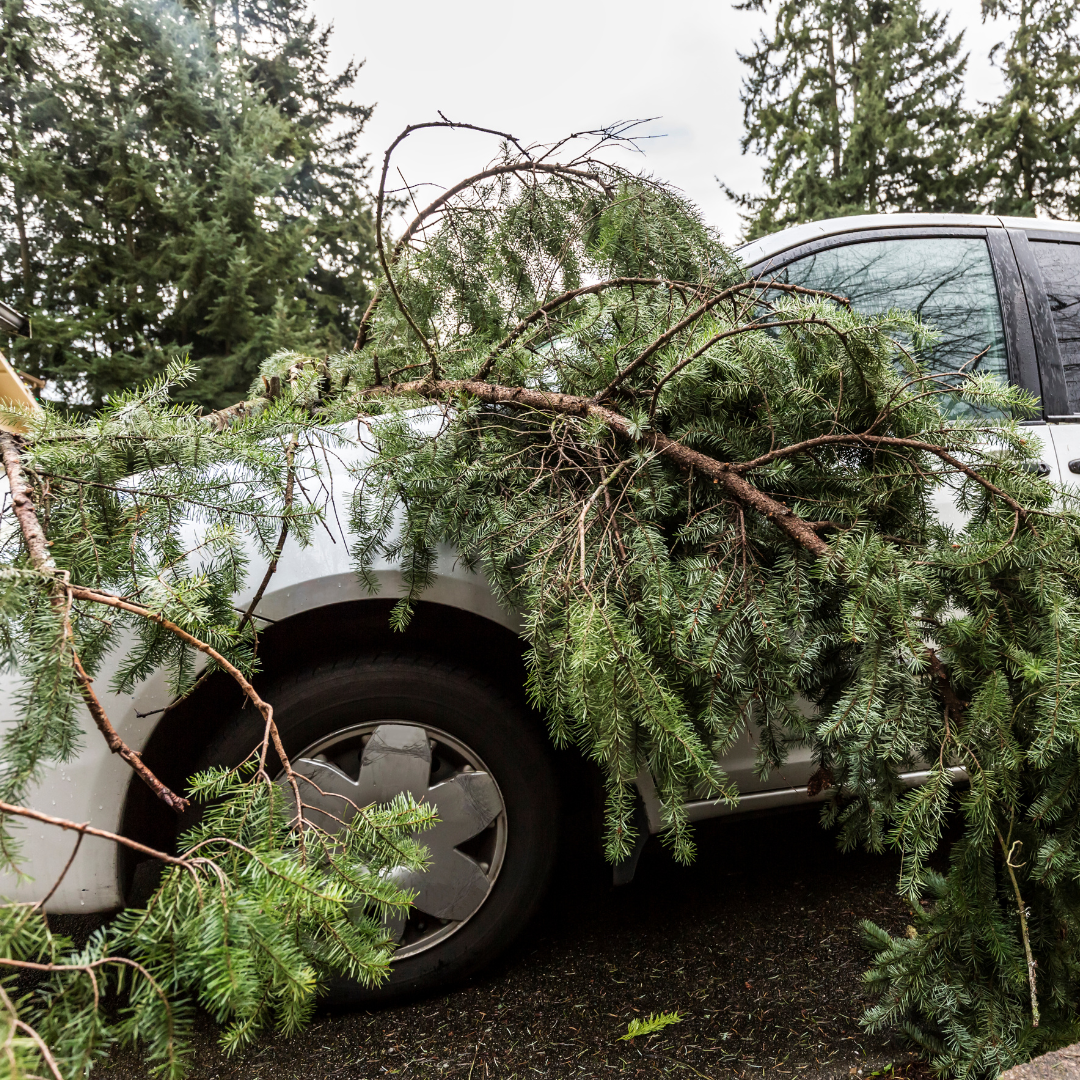

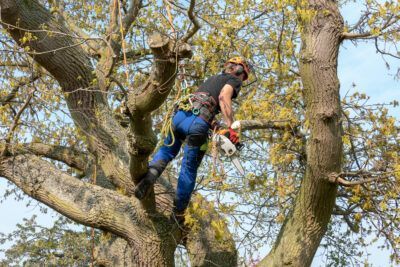
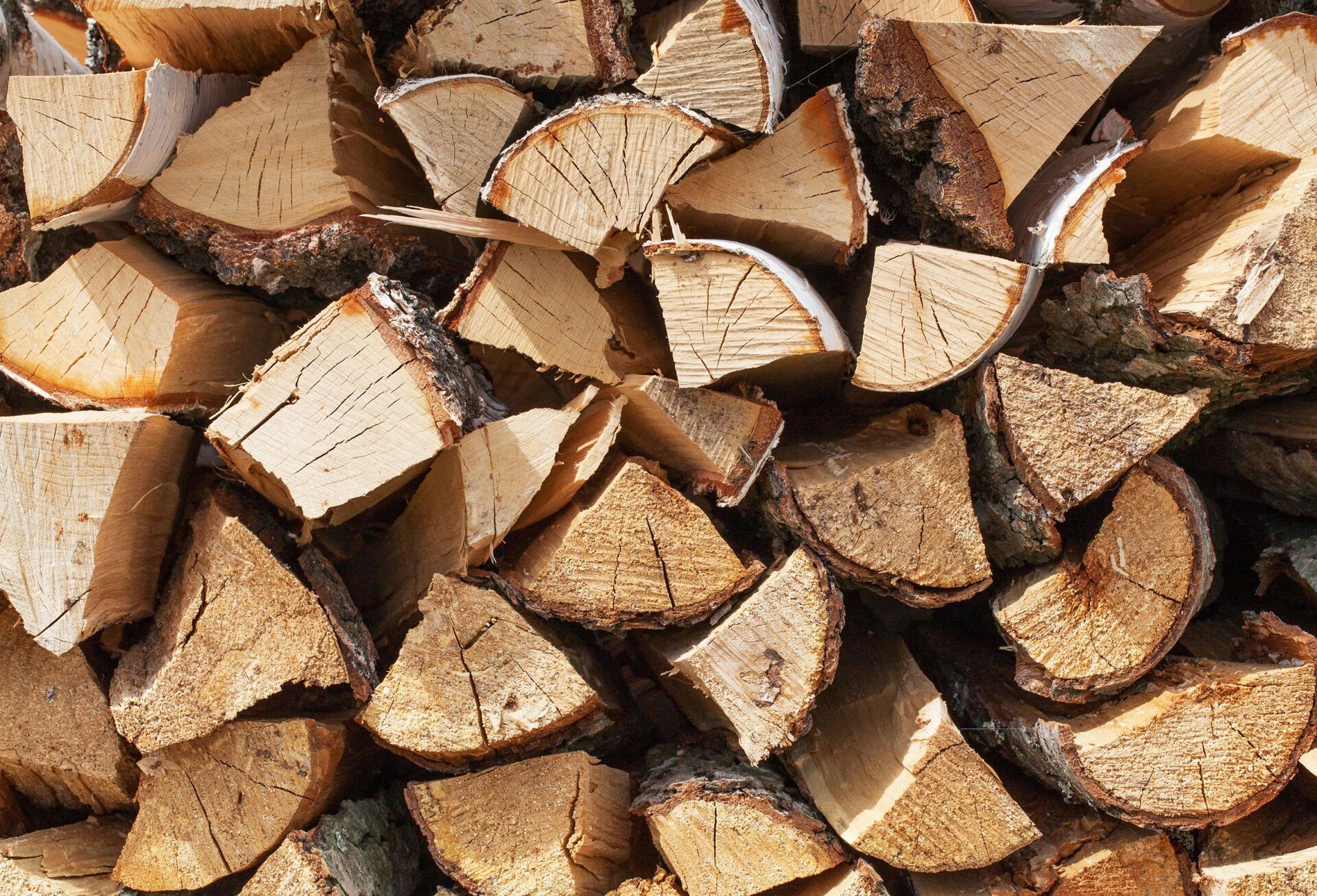

Share On: